A Tutorial on Extremely Large-Scale MIMO for 6G: Fundamentals, Signal Processing, and Applications
Published in IEEE Communications Surveys & Tutorials, 2024
Abstract: Extremely large-scale multiple-input-multiple-output (XL-MIMO), which offers vast spatial degrees of freedom, has emerged as a potentially pivotal enabling technology for the sixth generation (6G) of wireless mobile networks. With its growing significance, both opportunities and challenges are concurrently manifesting. This paper presents a comprehensive survey of research on XL-MIMO wireless systems. In particular, we introduce four XL-MIMO hardware architectures: uniform linear array (ULA)-based XL-MIMO, uniform planar array (UPA)-based XL-MIMO utilizing either patch antennas or point antennas, and continuous aperture (CAP)-based XL-MIMO. We comprehensively analyze and discuss their characteristics and interrelationships. Following this, we introduce several electromagnetic characteristics and general distance boundaries in XL-MIMO. Given the distinct electromagnetic properties of near-field communications, we present a range of channel models to demonstrate the benefits of XL-MIMO. We further discuss and summarize signal processing schemes for XL-MIMO. It is worth noting that the low-complexity signal processing schemes and deep learning empowered signal processing schemes are reviewed and highlighted to promote the practical implementation of XL-MIMO. Furthermore, we explore the interplay between XL-MIMO and other emergent 6G technologies. Finally, we outline several compelling research directions for future XL-MIMO wireless communication systems.
Index Terms: XL-MIMO, channel modeling, near-field communications, deep learning, signal processing
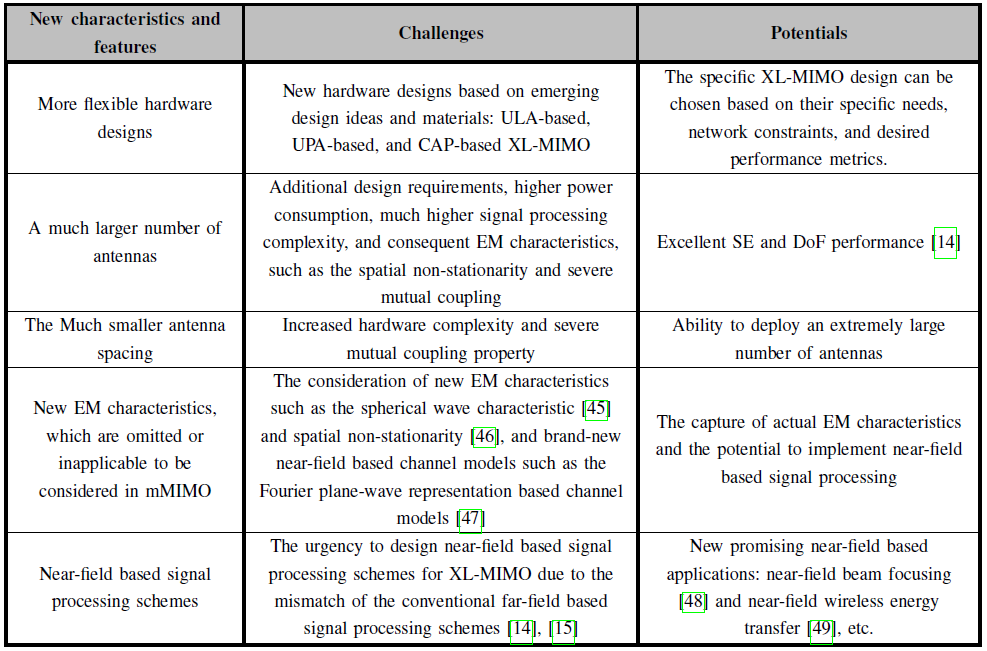
Table 1: Differences between XL-MIMO and conventional mMIMO and their challenges/potentials.
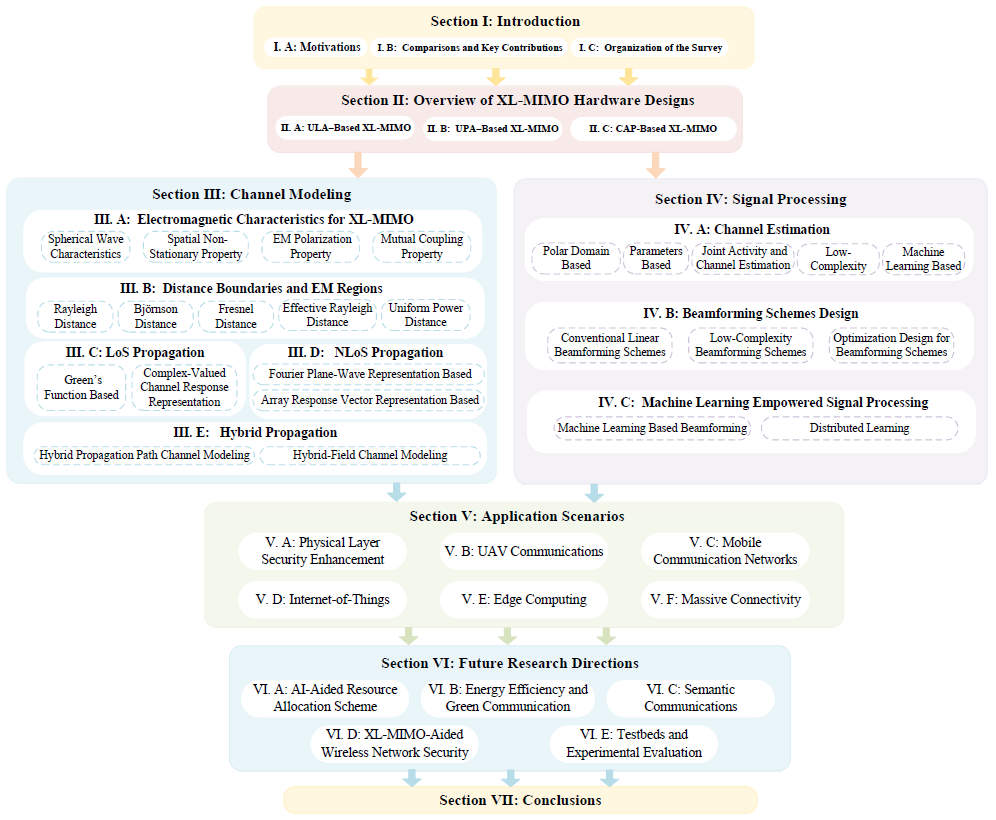
Fig. 1: The organization structure of the survey.
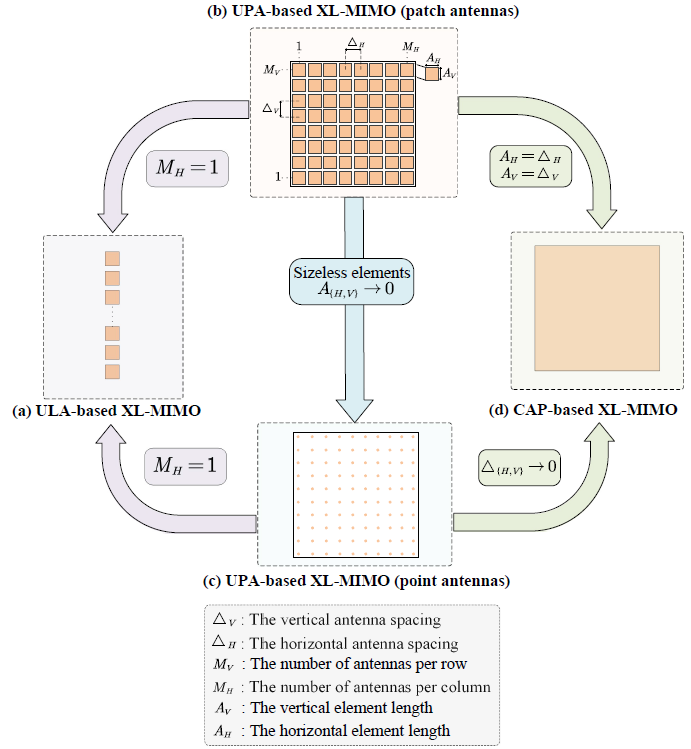
Fig. 2: Hardware design characteristics for the general XL-MIMO schemes and their relationships among each other.
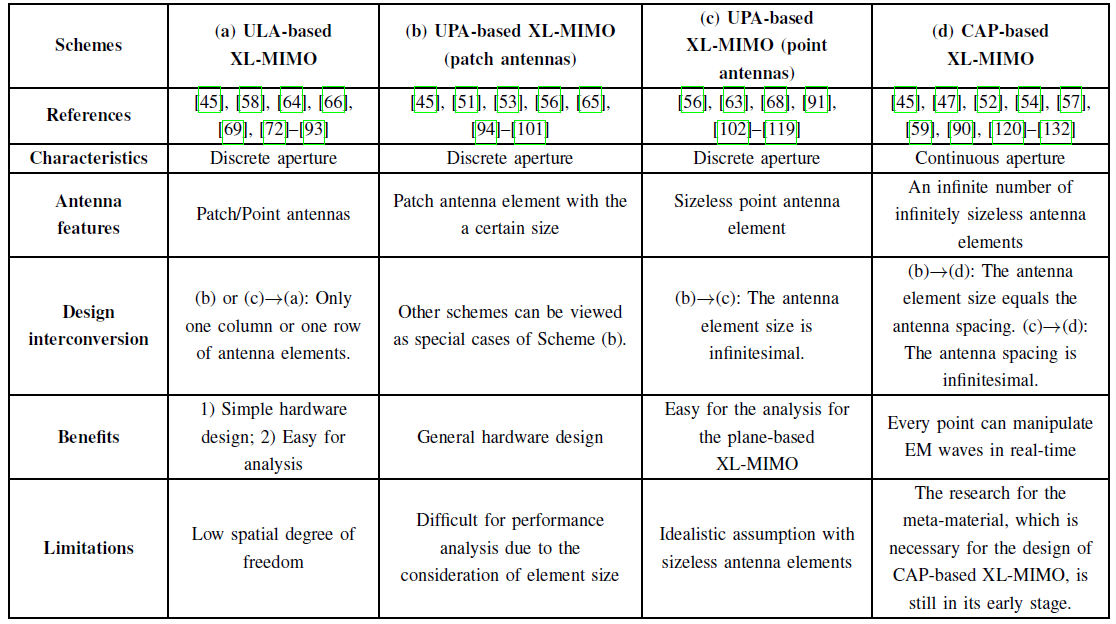
Table 4: The characteristics and comparisons among different hardware designs.
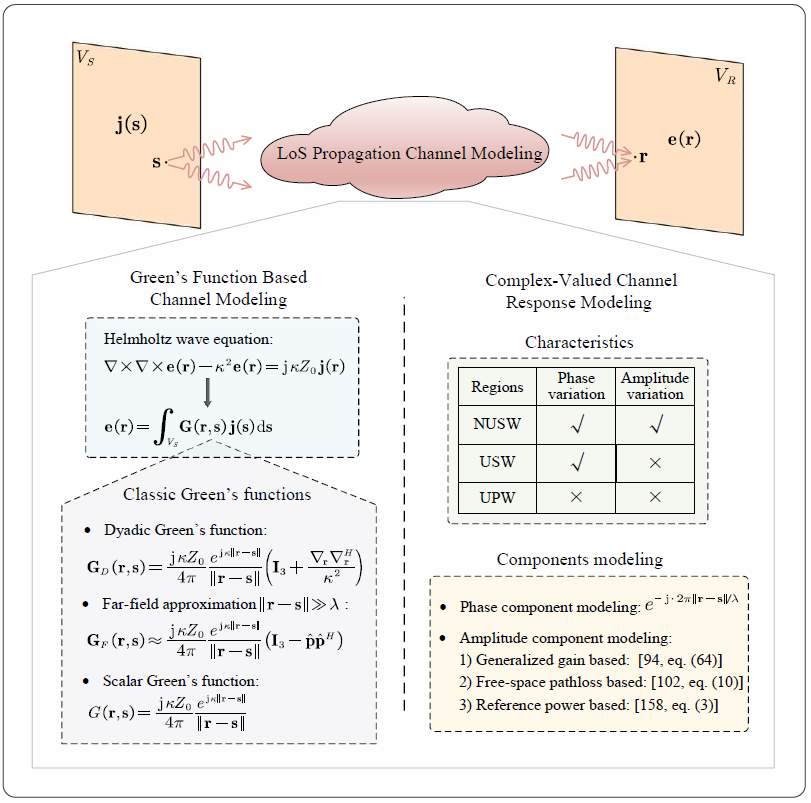
Fig. 6: The diagram for two methods for the LoS propagation channel modeling: Green’s function based channel modeling and complex-valued channel response representation.
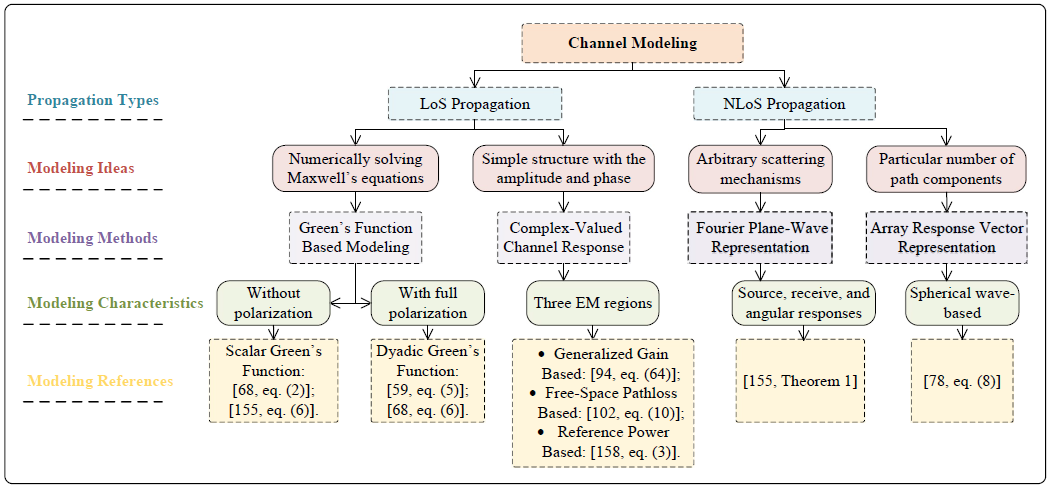
Fig. 10: Fundamentals of the channel modeling aspects for XL-MIMO.
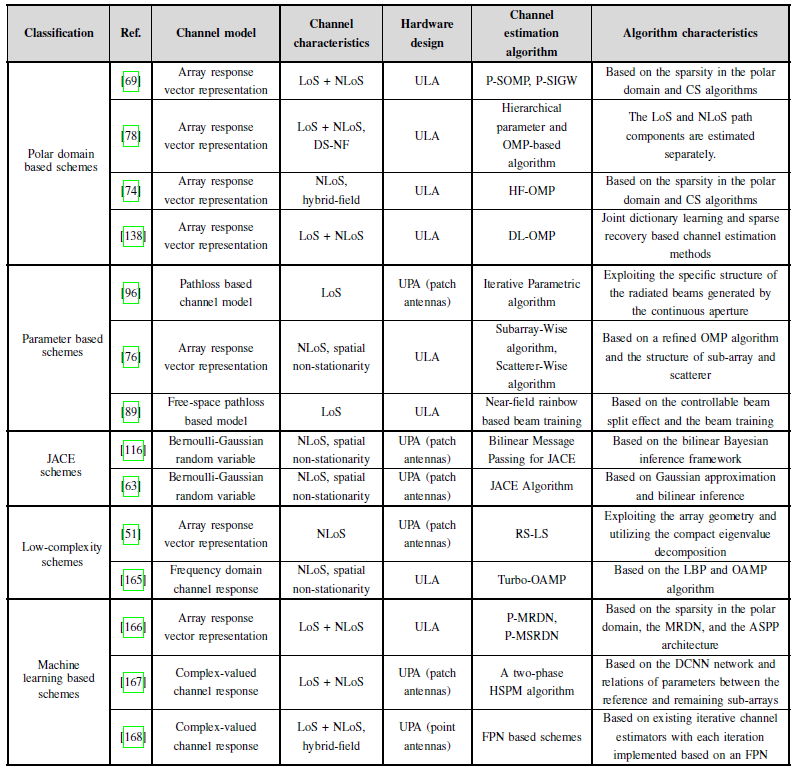
Table 10: Characteristics for the channel estimation schemes for XL-MIMO. ULA, UPA (patch antennas), and UPA (point antennas) denote ULA-based XL-MIMO, UPA-based XL-MIMO with patch antennas, and UPA-based XL-MIMO with point antennas, respectively.
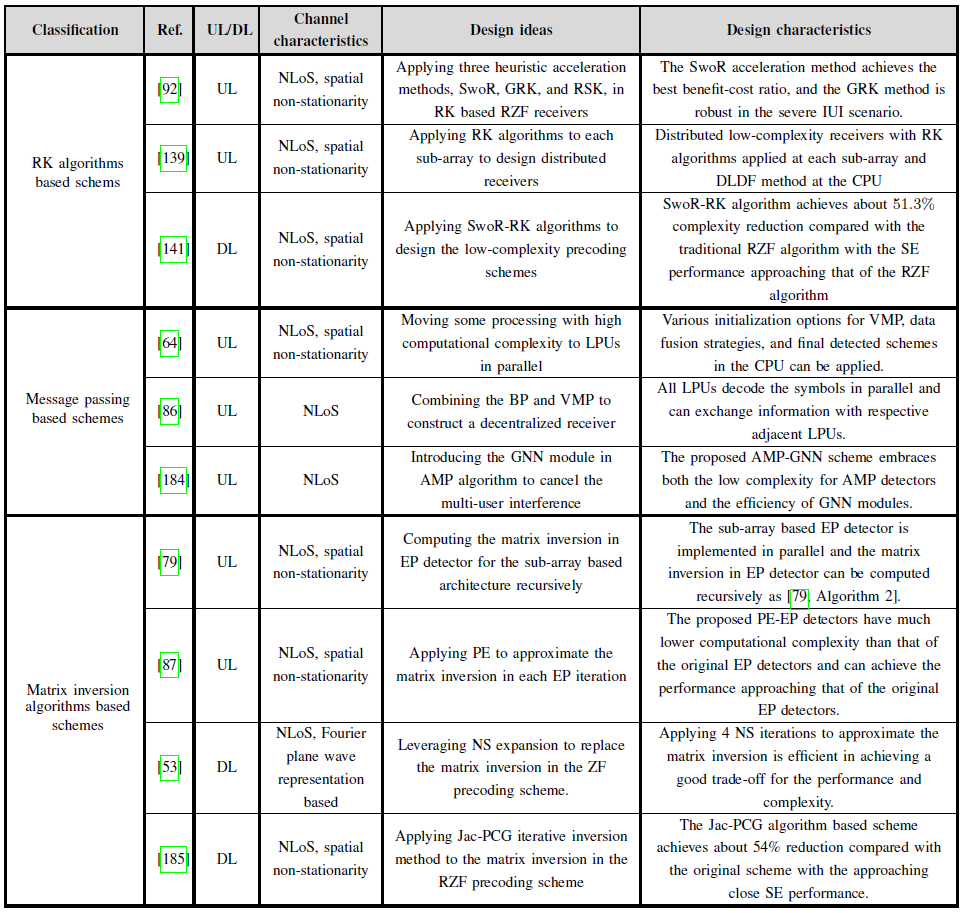
Table 11: Characteristics for low-complexity beamforming schemes.
Recommended citation: Zhe Wang, Jiayi Zhang, Hongyang Du, Dusit Niyato, Shuguang Cui, Bo Ai, Mérouane Debbah, Khaled B. Letaief, and H. Vincent Poor, "A Tutorial on Extremely Large-Scale MIMO for 6G: Fundamentals, Signal Processing, and Applications," IEEE Communications Surveys & Tutorials, accepted, 2024. https://arxiv.org/pdf/2307.07340.pdf
